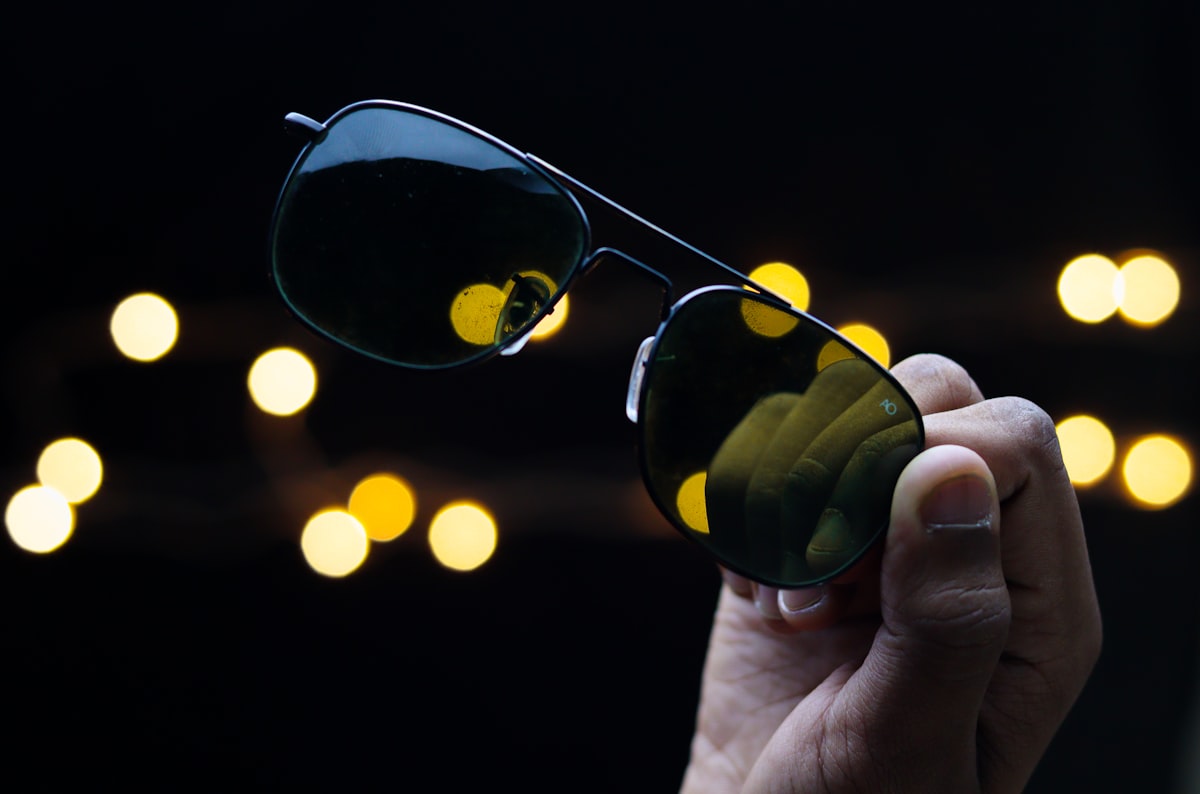Open-Angle Glaucoma: Detection and Follow-Up in Mexico
Glaucoma is a progressive and degenerative disease of the optic nerve that reduces peripheral vision. Most of the people who suffer from it are unaware of it. In Mexico, 40 percent of the cases diagnosed are open-angle glaucoma.

Glaucoma is a progressive and degenerative disease of the optic nerve that reduces peripheral vision. Most of the people who suffer from it are unaware of it. In Mexico, 40 percent of the cases diagnosed are open-angle glaucoma. ENES León has specialists in this field and technology for its detection and follow-up.
Glaucoma is the second most common cause of blindness in the world, and the first that causes irreversible loss of vision, only after cataract; it affects approximately 70 million people globally, says Ana Laura Martínez Rodríguez, an academic at the Escuela Nacional de Estudios Superiores (ENES) Unidad León.
It is a chronic, progressive, degenerative disorder that produces characteristic visual field damage. It usually occurs when fluid (aqueous humor) accumulates in the front part of the eye. Excess fluid increases the pressure in this organ and damages the optic nerve.
According to the Glaucoma Research Foundation, because it is an asymptomatic pathology, it is difficult to detect in the initial stages, until it is advanced. It is estimated that 50 percent of those who suffer from it are unaware of it.
The studies that could generate statistics on the number of Mexicans with this disease and the regions where they live are mostly generated in the center of the country. Therefore, those that exist are elaborated in hospitals in Mexico City and show that most of the patients come mainly from the capital of the country, Guerrero, Oaxaca, and Veracruz.
On the occasion of World Glaucoma Day, which is commemorated on March 12, Ana Laura Martínez points out that there are several types of this disease, the two main ones being open-angle and closed-angle, characterized by an increase in intraocular pressure.
One of the most characteristic signs is the progressive decrease in peripheral vision, known as tunnel vision. The central visual field may remain intact, so it is frequent that in early stages the disease is imperceptible.
In Mexico, 40 percent of the cases diagnosed in general are primary open-angle glaucoma, whose prevalence in the Mexican population is, on average, three to five percent and increases with age; the older the patient is, the higher the prevalence.
There is also juvenile glaucoma, which manifests itself between the ages of five and 18, with an approximate prevalence of one case per ten thousand individuals. Patients are asymptomatic and are often diagnosed incidentally during a routine examination.
Risk factors or predisposition are related to the type of glaucoma. However, attention should be paid to those with family members who present it, since in these cases the risk of suffering increases up to five times; in addition, the prevalence of the alteration increases with age.
An important aspect to consider is that metabolic diseases such as diabetes and hypertension also contribute to the predisposition or increase the risk of glaucoma.
It has been proven that the best way to prevent this disorder is to take care of ourselves in a comprehensive manner; that is, to pay attention to the quality of our diet, exercise, be attentive to our general state of health and, in the case of suffering from a metabolic disease, "follow up and check our eyesight from an early age".
Although glaucoma usually develops after the age of 40, it is necessary to have routine check-ups at least once a year, which would allow an early diagnosis and prevent visual impairment. There is no cure for glaucoma, but it can be treated to halt its progression, "hence the importance of detecting it early, when the implications are not yet significant in the patient's visual quality and quality of life".
The bulk of the Mexican population does not go for routine ophthalmologic consultations because they lack this culture, or because they consider eye care to be an expensive service. A single sign or symptom does not provide an accurate diagnosis, so patients should be evaluated comprehensively. There are ophthalmologists with a subspecialty, "that is how important it is to specifically check ourselves with the right professionals".
A structural, functional, and even electrophysiological assessment is required utilizing devices that examine the fundus, visual field, nerve fiber thickness, contrast sensitivity, intraocular pressure, etc., to diagnose correctly and provide adequate treatment. "We cannot rely on the results of one study, of a single ocular disease syndrome."
The Visual Health Unit of the ENES León offers the general population, particularly in the Bajío area, a study cabinet using a series of state-of-the-art instruments, in addition to the personnel trained to correctly interpret the results, "which allows us to diagnose and provide follow-up," says Ana Laura Martínez.
In Leon, Guanajuato, university professionals provide service Monday through Friday, from 10:00 to 16:00 hours (by appointment and following pandemic health protocols), at the telephone number: 47 92 21 23 87.




